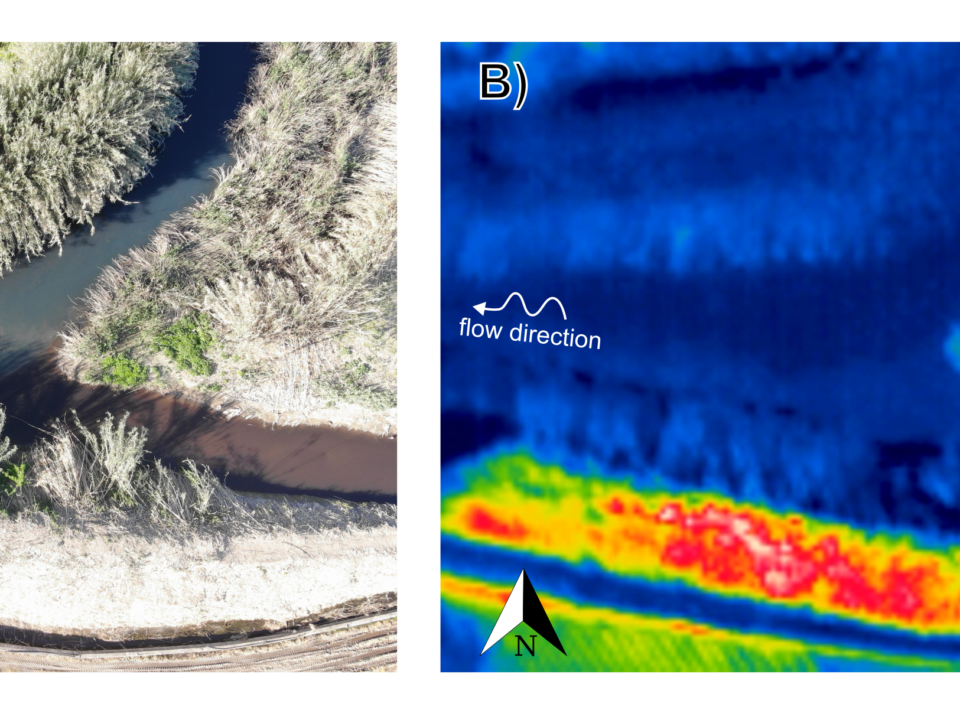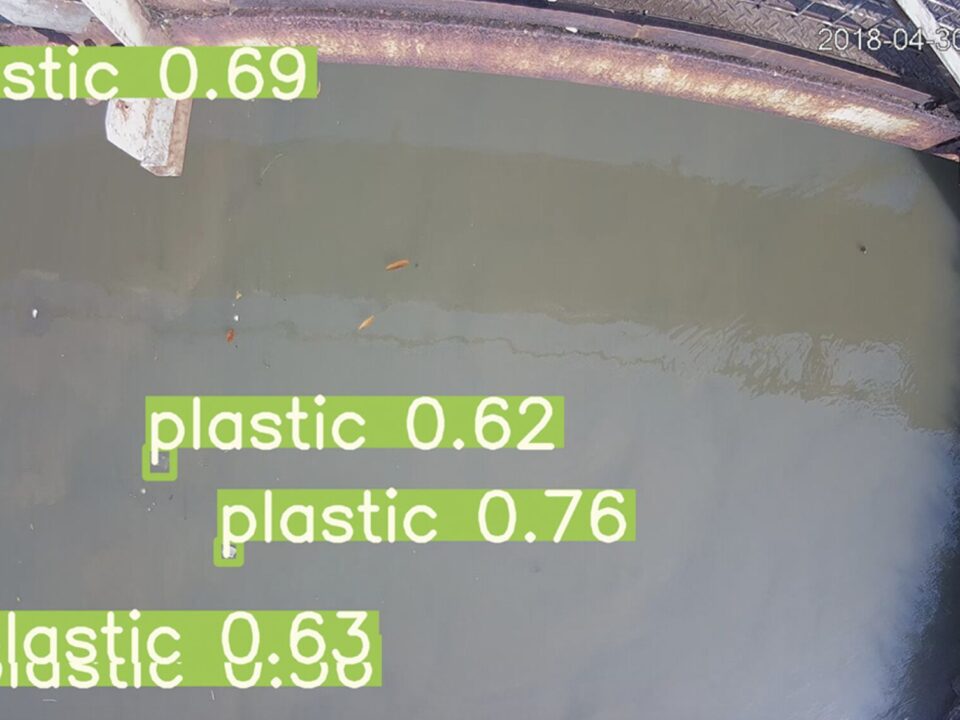http://antarvasnavideos.pro sex videos kinky babe fisting her large pussy. https://bigboobslovers.net/ hungry mom loves throat fucking.

New EGU-blog on the research activities in Alento
3 December 2020
Call for Papers on FRONTIERS IN REMOTE SENSING
10 December 2020We interviewed three students, three ladies, and asked them to tell us about their experience at the Cost Harmonious International Training Course and their relationship with drones.
Who are you and what is your current position?
- Emily Bratt (EB) a First-Class Geography graduate from the University of Worcester (UK) who has recently joined a remarkable firm named DronePrep as their Community Manager.
- Holly Willis (HW), MSc student in Applied Meteorology and Climatology at the University of Birmingham (UK).
- Josie Lynch (JL), PhD Student in Physical Geography at the University of Worcester (UK).
When was the first time you have met and worked with drones?
EB

Holly, Emily and Josie during their UAV fieldwork at Arolla Valley, Switzerland
I had two different ‘firsts’ with Unmanned Aerial Vehicles (UAVs).
Academically, in my Level 5 studies I volunteered to assist my classmates MSc fieldwork, which sought to use UAVs to measure soil erosion. Here, I distributed and surveyed GCPs and IVPs with a Trimble R10 GNSS, calibrated a DJI Phantom 4 Pro and watched it take flight. From that very moment, I was hooked! In any way possible I incorporated the vehicle into my academic studies. This included travelling to the Arolla Valley in August 2019 to generate baseline surveys with a Phantom 4 with onboard RTK geotagging system to then return January 2020 to investigate whether UAVs can be used to measure snow depth (Professor Ian Maddock’s research). This interest continued right till the end of my degree through my Independent Study which was titled ‘Assessing the Effectiveness of UAV imagery in Identifying Channel Geomorphic Units’.
Professionally, Geodime a land surveying firm in West Sussex eased me into how drones are being used in the working world. The experience allowed me to work to tight 24-hour deadlines, conduct manual surveys with a range of different drones (DJI Phantom 4 to the DJI Matrice 210) and process all data on specialist and cutting edge softwares including Agisoft Metashape Pro and Klau (PPK processing).
Although very different, my first time with drones in both contexts triggered a lifelong interest.
HW
I was first introduced to the use of drones for environmental monitoring during my undergraduate BSc Physical Geography (Hons) degree at the University of Worcester. During a second-year practical this involved the use of Agisoft Metashape and Geomorphic Change Detection (GCD) to assess landscape change. Also, during my second year of study, I was lucky enough to work in a Student Academic Partnership (SAP), focusing on the development of this practical and the introduction of Unmanned Aerial Vehicles (UAVs) and Structure-from-Motion (SfM) into the Geography curriculum, specifically using GCD to study landscape dynamics with Level 5 studies. Additionally, in my final year of study, I continued my work as an SAP and further developed the fourth phase of the project. This involved creating a practical exercise for first year students based on the Civil Aviation Authority (CAA) Dronecode to enable students to obtain their Flyer ID and develop their knowledge of UK flying rules and regulations.
In addition to this, I was exposed to the use of drones in the field during a Learning and Teaching project the Arolla Valley, Switzerland, to set up new field sites for data collection as well as compare traditional data acquisition techniques to drone surveying by measuring the snow depth. This inspired me to incorporate drone use for data acquisition into my postgraduate thesis.
JL
I was first introduced to the use of drones during my BSc Geography (hons) undergraduate degree at university. Here, I was exposed to the ability drones have in creating high resolution digital elevation models (DEMs) and was fascinated by the speed of data acquisition compared to traditional techniques. This sparked by initial interest which led to working with drones throughout my time at university, including working on a Learning & Teaching project in the Arolla Valley as introduced by Emily and Holly already.

Josie during UAV mapping using a DJI Phantom 4 RTK
What do you do now with drones?
EB
Since attending the COST Harmonious course and graduating from the University of Worcester I have continued to pursue my passion with drones. Taking my existing knowledge into a new sphere with a company called DronePrep. DronePrep’s mission is to help unlock the low- level airspace by connecting Landowners with Drone Pilots. To achieve this, we are a creating a platform which allows pilots to click on any land parcel and know the landowner’s terms of flight. Additionally, we are taking part in a number of pioneering projects. One which I have been strongly involved with is the emergency drone deliveries of COVID-19 medical supplies to remote areas of the Isle of Scilly, UK. The project is funded by the Government and supported by the NHS- it’s a very exciting mission.
HW
I am not currently working with drones, however, I plan to use them for my postgraduate thesis. I am interested in looking at the way drones can aid the development of weather forecasting, specifically in the prediction of storms.
JL
Currently, I am a PhD Student in Physical Geography and my main research interest is monitoring the effects of Conservation Agriculture (CA) on soil erosion using drones/Unmanned Aerial Vehicles (UAVs). I work with landowners performing varying types of tillage practice to assess the potential use of CA to reduce runoff and contribute to Natural Flood Management (NFM) and the environmental, anthropogenic, and economic benefits it can sustain.
I hold a CAA Approved UAV Pilot Licence (RPQs) and alongside my PhD I work as a part time Research Assistant on projects i) Analysing UAV DEMs and their sensitivity and accuracy to GCP placement and the effect of this on estimates of channel bathymetry. ii) The application of RTK drone sensors to map and measure soil erosion in Herefordshire, UK (funded by the Environment Agency), iii) Using drones for snow depth estimation in the Arolla Valley, Switzerland (including fieldwork assistance).
How did you get informed about the activities of COST Action HARMONIOUS?
EB
Initially I was informed through word of mouth. Professor Ian Maddock, an inspiring lecturer at the University of Worcester directed me to this COST Action. From this I followed their active and engaging social media platforms, specifically Twitter. The platforms show exactly what the programmes are about: a passion for everyone in the sector to learn and grow together. From this, Sophie Pearce, a PhD student at Worcester University and a member of WG4 gave me the final push to apply for the course, stating how informative and enjoyable all the programmes are.
HW
I first heard about COST Action HARMONIOUS during my undergraduate degree, whilst working as a Student Academic Partner on a project involving the incorporation of drones and their functions into the undergraduate curriculum.
JL
I was introduced to the COST Action HARMONIOUS during my final year as an undergraduate student by my supervisor, Prof. Ian Maddock, who is part of the COST Action and a member of Working Group 4 (River monitoring). He directed me to apply for the ‘Monitoring Natural and Agricultural Ecosystems with Unmanned Aerial Vehicles (UAVs)’ Training course at Carinthia University, Villach, Austria, which I attended in February 2020. I now keep up to date with the activities of the COST Action HARMONIOUS on social media!

Emily is conducting a manual survey at a quarry using a DJI Inspire UAV
Which of our Working Groups has inspired you the most and why?
EB
Personally, WG4 (which focuses on stream flow and river morphology) inspires me on a daily basis, specifically the advances on image velocimetry. In a discipline that has received little modification for years, the group has proven that it can be transformed by innovative practices such as UAVs. It is this that has pushed me to where I am today, making a difference for current and future generations. Looking to the future, I am excited to track WG4 continuous progress through more publications and sharing so it gets the attention it deserves.
HW
I attended the Working Group 4 (WG4) and attended the above mentioned Training School at Villach’s Carinthia University, Austria. I was inspired by this group as I was surrounded by passionate researchers with mutually shared interests. I was fascinated by their work and was exposed to themes including Sophie Pearce and Dr Matthew Perks’ research using particle tracking image velocimetry to determine the surface flow velocities using drone videos and mounted pole camera videos.
JL
I am most inspired by the Working Group 4 as I attended the same meeting in Austria. Here I learnt a lot about the ongoing work within this Working Group, as well as being exposed to research within other groups, acquiring new knowledge and developing ideas for my own research.

Emily, Josie and Holly (in front) attending our Training School in Villach, Austria
What methods, tools or research topics were those that were discovered by joining our community?
EB
Before attending the course, I had a firm understanding on Photogrammetry and 3D models. However, Martin Mokros’ lecture demonstrated parts of my knowledge that can be built upon. The course showed me the importance of shutter speed, and aperture- elements that I had not yet considered. To cement this, we partook in a practical which really put what I learnt to the test!
Invaluable was the practical using the software ‘R’. Knowing its importance in my field of research, I had not yet had the opportunity to use it. Being able to be hands on, learning and implementing the basics of coding with the help of specialists is something I treasure. I look forward to develop the skills learnt in the future.
HW
Attending the Working Group 4 meeting in Austria aided my development of current research methods using drones. It also allowed me to broaden my network of people within the UAS community.
JL
COST Action Harmonious has introduced me to many topics. For example, during the training course in Austria, I was exposed to themes including vegetation monitoring, 3D reconstruction and crop stress/soil moisture monitoring, photogrammetry and change detection which has been very useful in the early stages of my PhD.
How our COST Action helped you in your personal development regarding UAS?
EB

Josey surveying Ground Control Points with RTK GNSS device for UAV mapping
COST Action HARMONIOUS taught me that my passion is not only restricted to my academic studies, but also in my professional life. To be happy you should undertake something you enjoy, which is exactly what I am doing. Achieving this was down to COST Action, the programme gave me a ‘competitive edge’. It showed my employers that I have diversified and technical skills which I can apply to different environments. Moreover, since attending COST it has been great to follow the progress of my fellow peers on social media profiles including LinkedIn. Everyone is building upon the skills learnt in the course, transferring them into research projects and/or careers.
On a final note, I want to encourage all researchers / scientists / passionate individuals to participate in COST Action! The programme develops your expertise on a wide range of subjects, but also provides a great opportunity to connect with scientists of all levels of expertise from around the world. You all learn together but have fun while doing it, building a strong community.
HW
COST Action HARMONIOUS has helped me in my personal development regarding UAS by giving me the opportunity to work with UAS in environments such as the Swiss Alps. It has also given me the opportunity to build a network of likeminded academics within one of the fields in which I am passionate about. As well as giving me an insight into possible research methods and techniques that I can use in my future academic career.
JL
COST Action HARMONIOUS has helped greatly with my personal development both for my PhD research and my part-time research Assistant role. Networking with others in my field is invaluable and meeting Dr. Anette Eltner at the WG4 meeting sparked intriguing conversations regarding soil erosion and initiated a discussion about a COST Action Short Term Scientific Mission (STSM).
website
big black teen apparel theft.http://desivideos4k.com/ cassandra nix and eva karera threesome.




